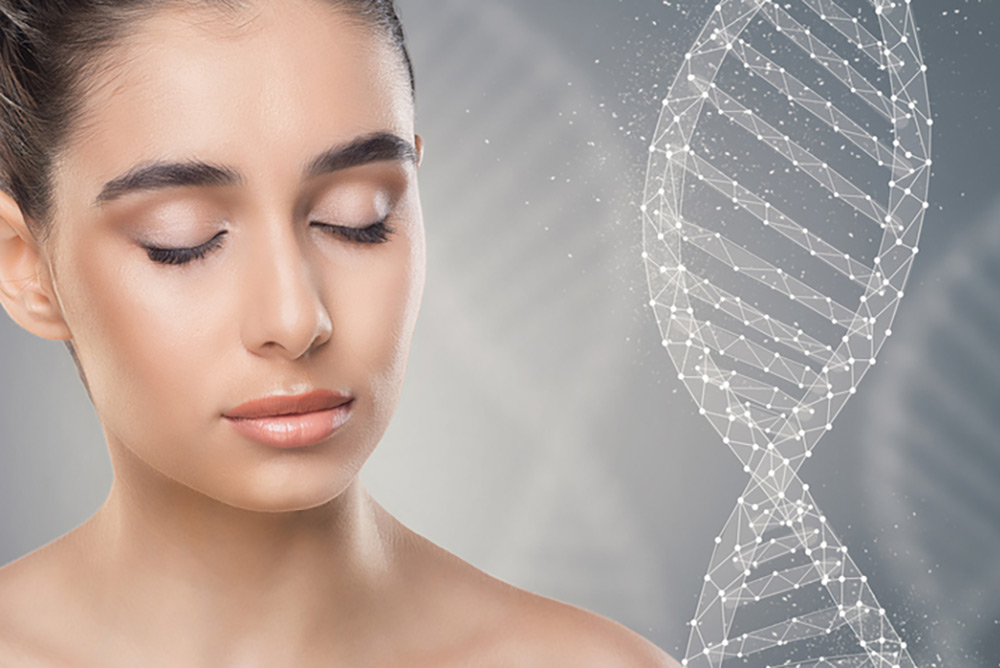By Valerie Monroe
If you’re interested in feeling happier about your appearance—especially as you age—you might like reading what she has to say about it. For more of her philosophical and practical advice, subscribe for free to How Not to F*ck Up Your Face at valeriemonroe.substack.com.
LISTENING TO various podcasts, I’m noticing that even on the ones I especially like and think are smart, there’s bad beauty advice. Specifically, bad beauty product advice. Why? Likely because the hosts are beholden to advertisers in one way or another and, therefore, can’t tell you the truth about the efficacy of most products on the beauty market. Psst, they don’t work—or don’t work well enough for you to be able to see an appreciable difference in your pores, or jowls, or undereye circles.
This is a shame, because . . . your wallet, for one thing. More important, your vulnerability, increased when you try a product that doesn’t work the way it’s supposed to. Then who’s to blame? Have you made the wrong choice? Is it not right for you? Did you not use it properly? Or, worse, are you beyond help?
I’m done with the crank for now. I just want to remind you when you step onto the Elysian Fields of HNTFUYF that I try hard to ensure you won’t get tangled in weeds of misinformation or trip over roots of insidious marketing. I may sometimes be wrong, but not because I’m trying to sell you something.
Now, relatedly, a curious reader’s question about DNA repair enzymes. Fool’s gold or real?
Q: Love your ‘stack! Can you weigh in on DNA repair enzymes? Do they really help repair sun damage? If so, how many applications are needed? Is it an everyday type thing? I am loath to add more to my routine—but as a fair Irish lass who had her share of sunburns in her youth, I’ll use it if it works!
A: A fair Irish lass—and a seeker of truth, at that! Surely some revelation is at hand! Or at least a poetic explanation. Here it is: DNA repair enzymes recognize skin cells damaged by sun exposure and other extrinsic factors and, through a process supported in this robust review, restore them to an undamaged condition.
Okay, not poetic. But it sounds like magic, right? Too good to be true?
It’s not too good to be true. “There are indeed bacterial and plant DNA enzymes that can penetrate skin cells to reduce ultraviolet (UV) –induced damage. By encapsulating these enzymes in liposomes, they can penetrate the epidermis to the skin’s basal layer,” said HNTFUYF DermDiva Heidi Waldorf. (According to MakingCosmetics—“proudly specializing in cosmetic ingredients since 1997”—liposomes are nano-sized particles that easily penetrate the skin, making them excellent vehicles for various ingredients.)
Dermatologist Ellen Gendler is an enthusiastic proponent of DNA repair products. She describes the three categories of enzymes on her website.
One comes from plankton extract and is often referred to as either a photosome, photolyase, or simply plankton extract in an ingredients list. It’s activated by light, so it’s best to use this one during the day. Another enzyme comes from bacteria (micrococcus luteus), and a third from the mustard plant (arabidopsis thaliana). These two can be applied at night as well as in the morning.
Can you use a DNA repair product at night with a retinoid? “Absolutely,” said Gendler. “Apply one or the other first, allow it to dry, and then apply the next. The order is up to you, depending on how the formulas feel on your skin.”
“We know that with sun protection, some actinic keratoses—the red, rough, pre-cancerous lesions that can show up in severely sun damaged skin—can disappear rather than turn into skin cancer. And studies have found that photolyase has been shown to reduce the number of actinic keratoses compared with sunscreen alone,” said Waldorf. Gendler believes photolyase is the MVP of the enzymes, because it works against UV radiation. More good news: “A smaller improvement in skin quality (wrinkles and texture) has also been found,” said Waldorf.
You can find photolyase in ISDIN Eryfotona Actinica (untinted) and Eryfotona Ageless (tinted) sunscreens. Waldorf uses the untinted version daily; it contains 11% zinc oxide (no chemical sunscreen ingredients) and she finds it cosmetically elegant: quick absorbing, light yet moisturizing, and ultra sheer. (A fair Irish lass might also be better off with the untinted formula.)
On Gendler’s website, she recommends (and sells) these:
- Neova Total DNA Repair (all three kinds of enzymes)
- Photozyme MD DNA Youth Recovery Facial Serum (all three kinds—but I hate the name!)
- Photozyme MD Ultra Rich Facial Cream (all three kinds)
As a fair lass who’s had two basal cell skin cancers, I’ve started using the ISDIN sunscreen with photolyase daily on my face and chest. (I completely agree with Waldorf’s review, though it has a faint scent I don’t love.)
For all you other HNTFUYF-ers, whether fair or melanin-rich, if you have sun damage or are keen to prevent it, it seems to me DNA repair enzymes might be a fine tool to add to your skincare kit.


